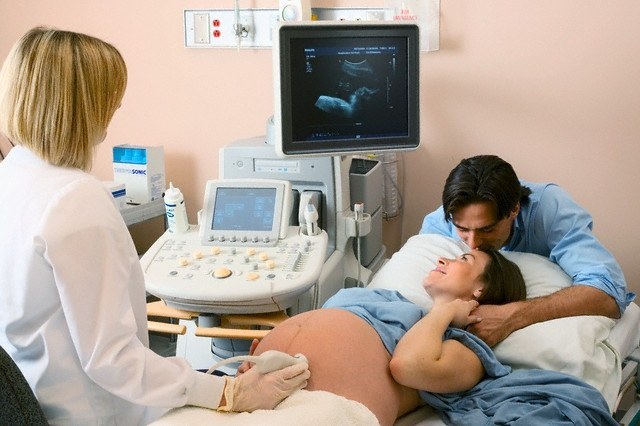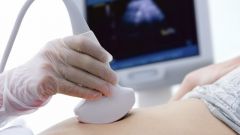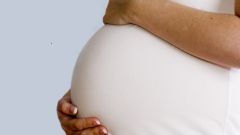Instruction
1
The easiest way to hear a fetal heartbeat with the help of medical stethoscope. Attach the diaphragm of the stethoscope to the abdomen, a flexible tube insert in the ears. With this device you can hear other sounds of the female body. However, to distinguish the baby's heartbeat in the womb, according to his rhythm – he's about two times faster than women. To hear using stethoscope heart rate is possible only to the 16 – 17th week of pregnancy. You can distinguish the sounds of the beating of a heart, applying his ear to the woman's stomach, but it depends on the position of the fetus against the uterine wall.
2
Listen to the baby's heartbeat by ultrasound, which can distinguish the pulsation of the cardiac muscle of a fetus for 3 or 4 weeks pregnant. With the help of ultrasound machine can also monitor the correct development of the heart and blood vessels of the fetus. This method allows to identify possible deviations and provide timely medical assistance.
3
A fetal heartbeat can be heard on echocardiography. This method is an ultrasound examination of the fetus, a bit different from the usual that all the attention is paid exclusively to the heart. Echocardiography allows to investigate the function of the fetal heart in two modes. A one-dimensional mode is applied to study only the cardiovascular system, and Doppler is intended for research and analysis of blood flow in different cardiac departments. Echocardiography helps the specialist in the study of the structure and function of the heart and adjacent large blood vessels and can be performed solely on the testimony of doctors – cardiologists.
4
One of the most effective methods for listening to the heartbeat of the fetus is cardiotocography. It is a simultaneous registration of fetal heart rate and uterine contractions in childbirth. Cardiotocography has been widely used in the late last century and has provided physicians with the possibility of more careful monitoring in the delivery period for the fetus. In the period of fights the cuts affected not only the uterus, but the whole abdominal cavity. This affects primarily on the supply of oxygen to the baby. CTG also gives the opportunity to determine the motor activity of the fetus.




